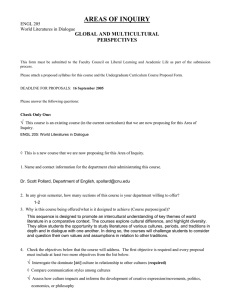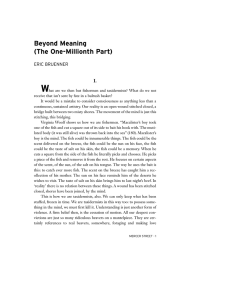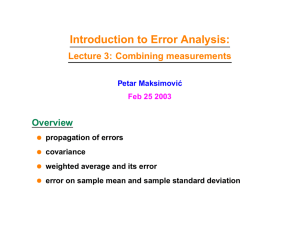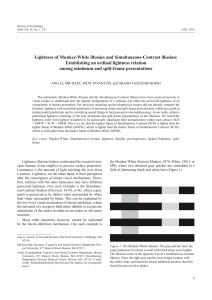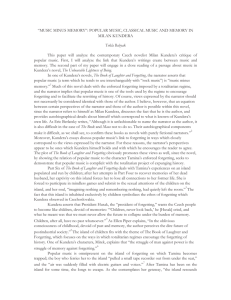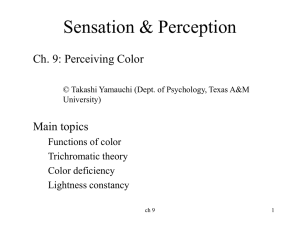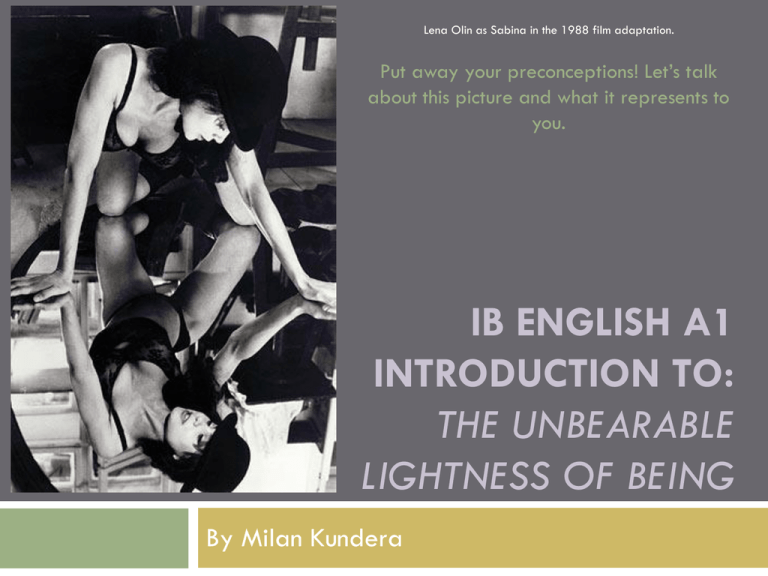
Lena Olin as Sabina in the 1988 film adaptation.
Put away your preconceptions! Let’s talk
about this picture and what it represents to
you.
IB ENGLISH A1
INTRODUCTION TO:
THE UNBEARABLE
LIGHTNESS OF BEING
By Milan Kundera
The bowler hat: What does it represent?
It signified violence; violence against Sabina, against her dignity as a woman. […] The
lingerie enhanced the charm of her femininity, while the hard masculine hat denied it,
violated and ridiculed it. The fact that Tomas stood beside her fully dressed meant that the
essence of what they both saw was far from good clean fun […]; it was humiliation.
(3.2.3)
It was a memento of her father. After the funeral her brother appropriated all their
parents' property, and she, refusing out of sovereign contempt to fight for her rights,
announced sarcastically that she was taking the bowler hat as her sole inheritance. (3.2.6)
It was a sign of her originality, which she consciously cultivated. She could not take much
with her when she emigrated, and taking this bulky, impractical thing meant giving up
other, more practical ones. (3.2.8)
It was a vague reminder of a forgotten grandfather, the mayor of a small Bohemian town
during the nineteenth century. (3.2.5)
It was a recapitulation of time, a hymn to their common past, a sentimental summary of
an unsentimental story that was disappearing in the distance. (3.2.9)
The bowler hat was a motif in the musical composition that was Sabina's life. It returned
again and again, each time with a different meaning, […] though all former meanings
would resonate […] together with the new one. (3.2.10)
Let’s discuss the importance of this picture in terms of
its imagery, symbolism, and representation of some
of the book’s greatest motifs
The Implications of the title and its origins
What is Friedrich Nietzsche’s idea of "eternal
return”?
Based on this idea time is ___________, not linear.
This concept is the “heaviest burden”
We must live and act
as though our lives
functioned in eternal
return
This allows us to give
our own lives meaning
and weight by
behaving this way.
This leads to Amor fati
(the love of one's
fate). To embrace
eternal return is,
roughly speaking, to
love one's fate.
Title Cont.
Kundera does not believe in the eternal return
What are the consequcences?
Our lives are filled with lightness: “Einmal ist keinmal”
Here is the big question: Which is better: weight or lightness
Parmenides says lightness is positive and weight is negative.
But the narrator of The Unbearable Lightness of Being isn't so
sure about this.
"Human time does not turn in a circle…it runs ahead in a straight line" (7.4.13)
"The heaviest of burdens is […] simultaneously an image of life's most intense fulfillment," he
says (1.2.4). "The heavier the burden, […] the more real and truthful [our lives] become" (1.2.4).
Kundera discusses lightness in two contexts:
The sweet lightness of being
The unbearable lightness of being.
Title Cont.
But our lives are paradoxical (our lives are void of meaning but we want it)
Eternal Return (scary!) brings meaning to lives (weight/cyclical)
Since we only live once our lives mean no responsibility, no
judgement, no meaning. Yikes! Don’t we want our lives to
have meaning? (lightness/linear)
The title suggests two things: (be careful you have to read the entire book to see all the
arguments these premises entail)
Nietzsche was wrong; there is no eternal return; our lives
occur only once, and that makes them light.
Parmenides was wrong; such lightness is not sweet, it is
unbearable.
What’s with the structure of the novel?
Non-linear narration (but very strong sense on continuity)
Chronological
displacement allows us to focus on the
individual’s relationship to society
Thematically connects different plot lines and reuses
various motifs to provoke existential inquiries
Seven-Part Structure:
“The seven-part structure doesn’t represent some superstitious flirtation with magical numbers, or any rational
calculation, but a deep, unconscious, incomprehensible drive, an archetype of a form that I cannot escape. My
novels are variations of an architecture based on the number seven.” The Art of the Novel, Kundera
Structure Cont
Musical Influence: Kundera uses the metaphor of a music composition to describe an individual's life
Music, not literature, predominated Kudnera’s life until he was 25. He
composed music for piano, viola, clarinet, and percussion, and divided each
composition into seven parts. His music compositions consisted of parts that
varied in form, each with different instrumentation. He played with
emotional atmospheres by shifting tempos.
He balanced the diversity of instrumentation by creating a strong thematic
unity between parts. The last three parts of his compositions were based on
polyphony
The Unbearable Lightness of Being
Part VII: Pianissimo and adagio (Karenin’s smile has a calm, melancholy mood with few events
Part VI: Fortissimo and Pretissino ( “ The Ground March” has a rough, cynical mood full of events)
Starting to see the connections to his writing?
Structure Cont
Polyphony (a style of musical composition employing two or more simultaneous but relatively
independent melodic lines )
The book contains the same story of two or more story lines of
separate narrative content. Those lines are made of the thoughts
and journeys of different characters of groups of characters and
told simultaneously. (i.e. Parts 2 and 4, which focus on Tereza,
alternate with parts 1 and 5, which focus on Tomas)
He provides an equality of voices
Most striking in Part VI—the polyphonetic passage is he keynote
to the whole structure. It is also used as an essay rather than a
part of plot. (Part VI is what Kundera calls a “digression”—we’ll
talk more about it when we get there)
What Next?!
What about themes?
Identity
Betrayal
Sex and Love
Time
Power
Language and
Communication
Kitsch
How should we tackle this book?
You know the very basics, so let’s delve into a closer analysis. Here is
what I expect for next class:
Read my annotated copy of “Milan Kundera on Politics and the
Novel” and complete the accompanying outline
Be ready to discuss this!

